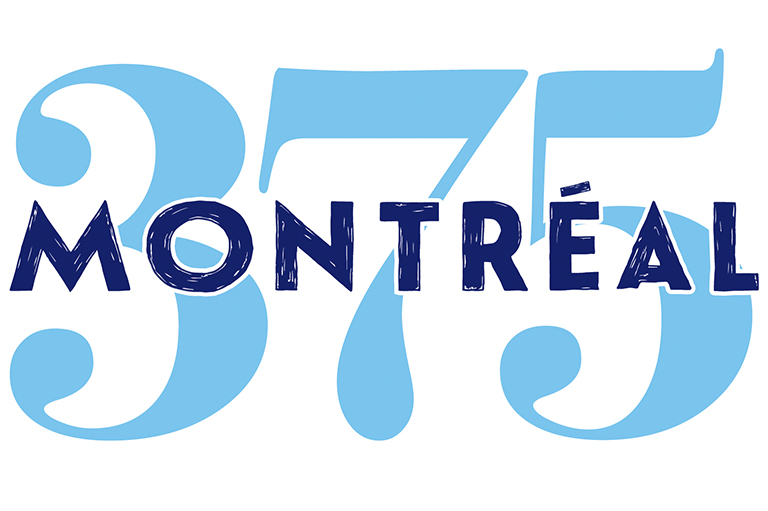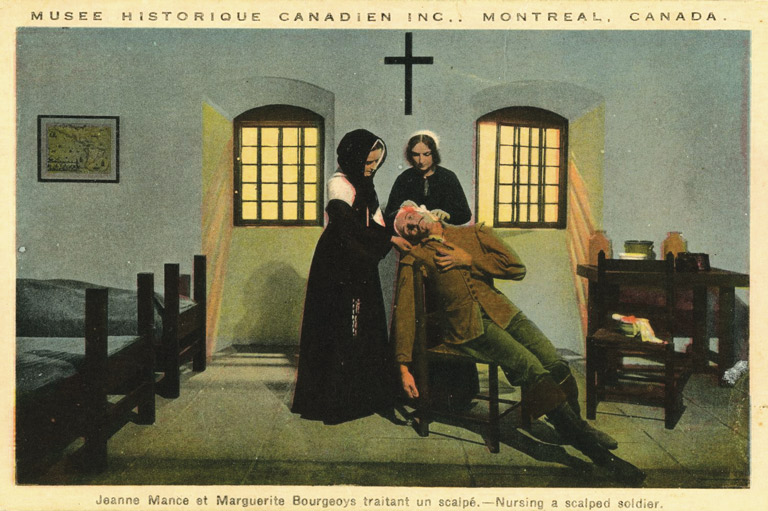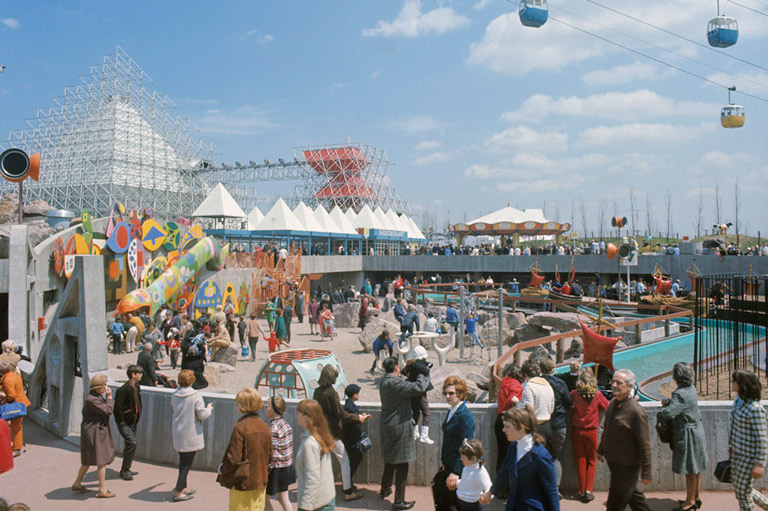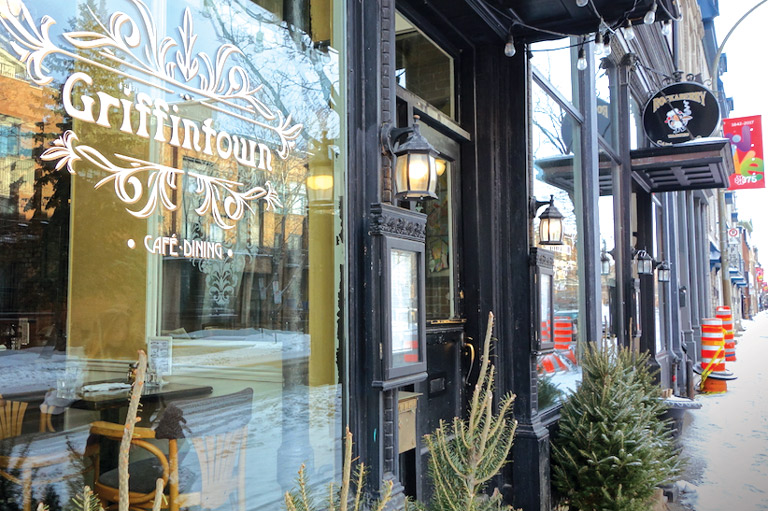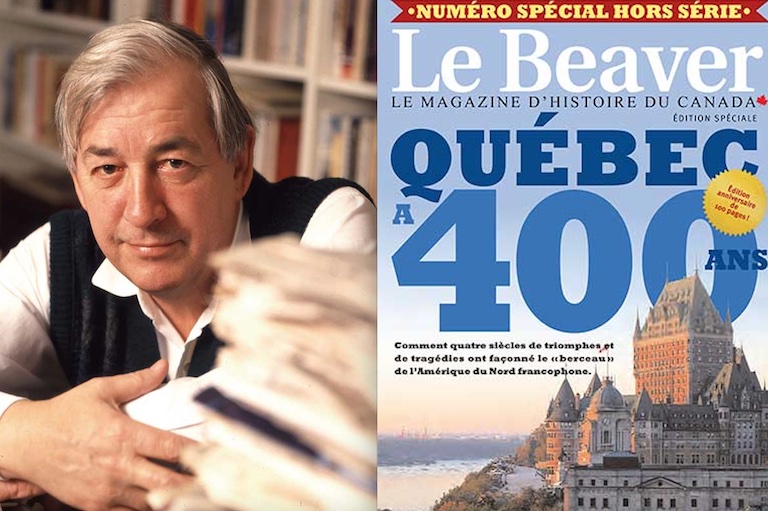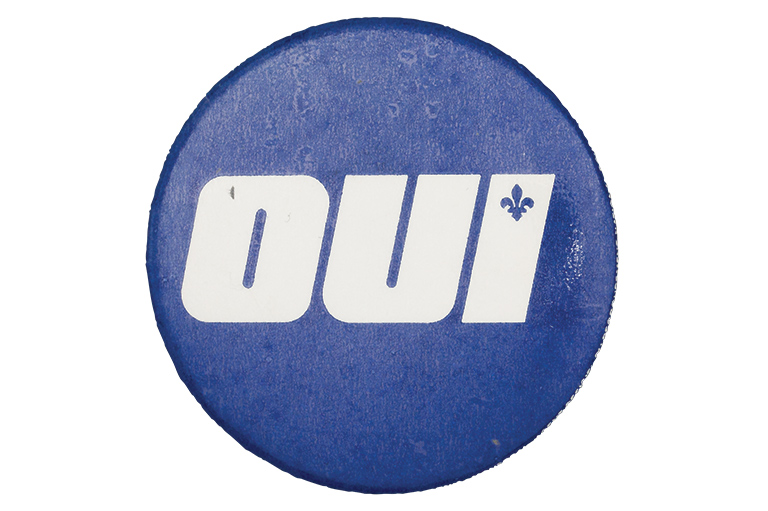The Mystery Village
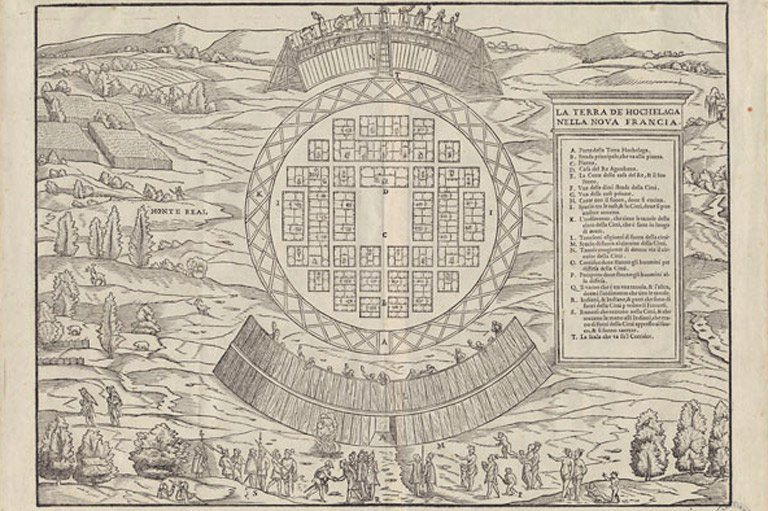
“And in the middle of these fields is situated and stands the village of Hochelaga, near and adjacent to a mountain, the slopes of which are fertile and are cultivated, and from the top of which one can see for a long distance. We named this mountain Mount Royal.’
“The village is circular and is completely enclosed by a wooden palisade in three tiers like a pyramid … There are some fifty houses in this village, each about fifty or more paces in length, and twelve or fifteen in width, built completely of wood and covered in and bordered up with large pieces of bark and rind of trees, as broad as a table, which are well and cunningly lashed after their manner. And inside these houses are many rooms and chambers; and in the middle is a large space without a floor, where they light their fire and live together in common.”
In February 2015, photojournalist Robert Galbraith brought the construction of a major building in downtown Montréal to a halt. He raised the alarm that excavators digging to install a sewer system might be destroying Hochelaga, the Iroquoian village visited by Cartier. As archaeologists went to work, media attention focused on the mystery of Hochelaga’s location.
Cartier found no trace of the village or its people when he returned to the area in 1541. Nor did Samuel de Champlain, the next explorer to reach the island, in 1608. Sir John William Dawson thought he found it south of Sherbrooke Street between Mansfield and Metcalfe streets in the 1860s. In the early 1970s, archaeologists James Pendergast and Bruce Trigger studied the artifacts but were unable to confirm that the Dawson site was the village of fifty longhouses described by Cartier.
The discovery of Indigenous burials and artifacts near the Dawson site in 2015 excited public interest that the mystery of Hochelaga’s location might finally be solved.
This was not the only mystery of Hochelaga. We have also been perplexed by the people who lived there. Who were they, and what became of them?
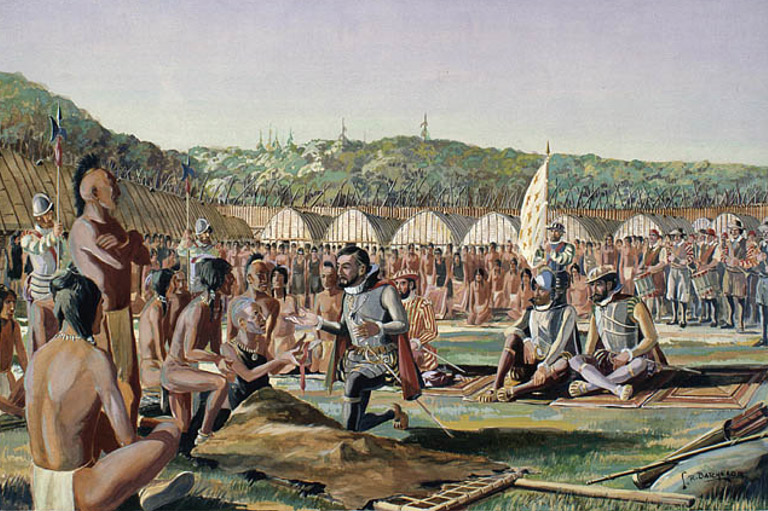
The answers have been slow to emerge. In the nineteenth century, when archaeology was in its infancy, scholarly opinion on the cultural identity of the Hochelagans ranged from the Huron to the Mohawk. Eventually it became evident that they were distinct from these groups, despite similarities in language and culture. There may have been as many as twenty-five nations of these “St. Lawrence Iroquoians” living along the St. Lawrence River from Lake Ontario to the area downstream from Quebec City.
What became of the St. Lawrence Iroquoians is another matter. According to many popular histories, they vanished without a trace — a spooky Canadian version of the lost colony of Roanoke. (Roanoke was a sixteenth-century English settlement on an island in what is today North Carolina.) But before we relegate the people of Hochelaga to the Bigfoot and UFO section of the library, there is plenty of evidence to suggest that they were absorbed by neighbouring tribes. (The missing English colonists of Roanoke probably were as well.)
It has been suggested that Cartier’s party brought illness that weakened the population to the point where their enemies were able to attack them. They were either taken captive by these enemies or sought refuge among friends. “The presumption is that Hochelaga ceased to exist between 1541 and 1603, possibly circa AD 1580,” Pendergast wrote in 1998.
There is evidence in the Jesuit Relations that at least some Hochelagans had a presence in the Montréal area well after the dispersal. In 1642, French settlers met some of them and heard their story as they were given the grand tour following a religious festival on August 15. Father Barthélemy Vimont wrote this report:
“We visited the great forest which covers this Island; and when we had been led to the mountain from which it takes its name, two of the chief Sauvages of the band stopped on its summit, and told us that they belonged to the nation of those who had formerly dwelt on this Island.’
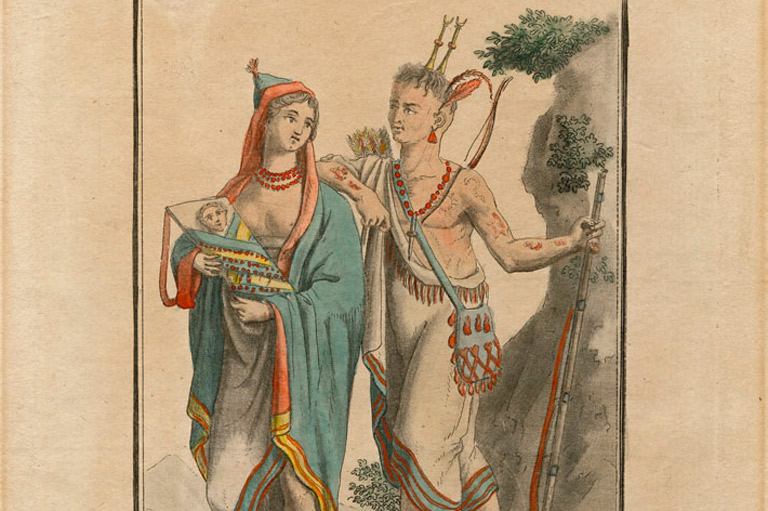
“Then, stretching out their hands towards the hills that lie to the East and South of the mountain, ‘There,’ said they, ‘are the places where stood Villages filled with great numbers of Sauvages. The Hurons, who then were our enemies, drove our Forefathers from this country. Some went towards the country of the Abnaquiois, others towards the country of the Hiroquois, some to the Hurons themselves, and joined them. And that is how this Island became deserted.’”
Evidence of the St. Lawrence Iroquoians, in the form of pottery and pipes, has been found at excavations of Huron, Mohawk, Oneida, Onondaga, and Abenaki villages. This would seem to confirm the words of the local guides in 1642.
People from each of these nations would make their way to the St. Lawrence River valley and settle there permanently. Some would even live for a time at the Mission de la Montagne, established by the Sulpicians of the island of Montréal in 1676. Stone towers built there in 1694 overlook Sherbrooke Street, just over a kilometre from the archaeology site that may be Hochelaga.
Another group with ties to Hochelaga may have been the Ononchataronon, an “Algonquin” band that was said to live along the South Nation River in eastern Ontario in the seventeenth century. This group claimed to have been the original occupants of Île de Montréal with extensive lands on both sides of the St. Lawrence River. According to the Jesuit Relations, there was an attempt by the French to induce them to settle the island again in 1646, but “they soon scattered on account of the Iroquois.” Jesuit priest and historian Pierre François Xavier de Charlevoix visited the area in 1721 and noted that the Ononchataronon no longer existed.
Another clue comes from the south shore of the St. Lawrence, home of the Kahnawà:ke Mohawks. The oral traditions of the community link them to Île de Montréal as well. The Mohawk word for it is Tiohtià:ke, “where the people divide.” Could the origin of this word have something to do with the dispersal of the Hochelagans?
As archaeologists continue to search beneath the streets of metropolitan Montréal, perhaps new discoveries will help to shed light on its Indigenous predecessor, Hochelaga.
Themes associated with this article
Advertisement

